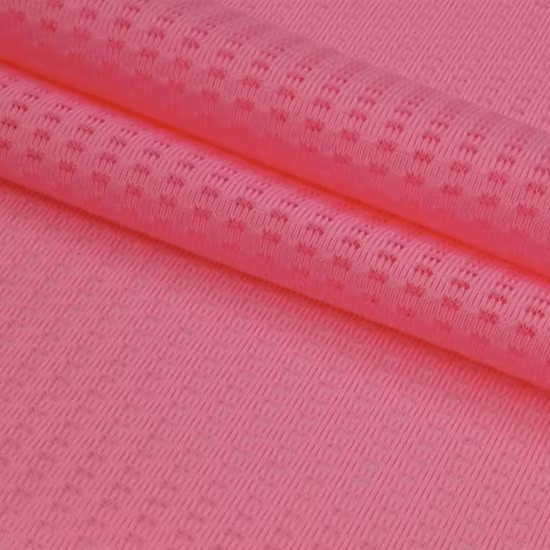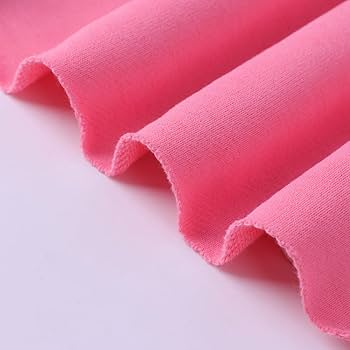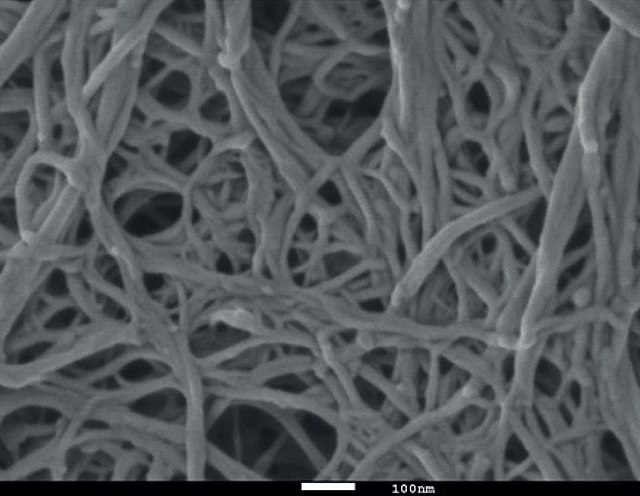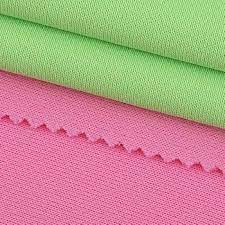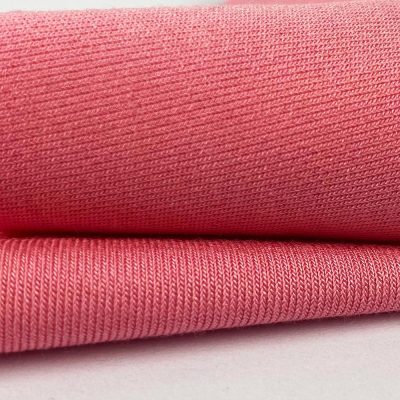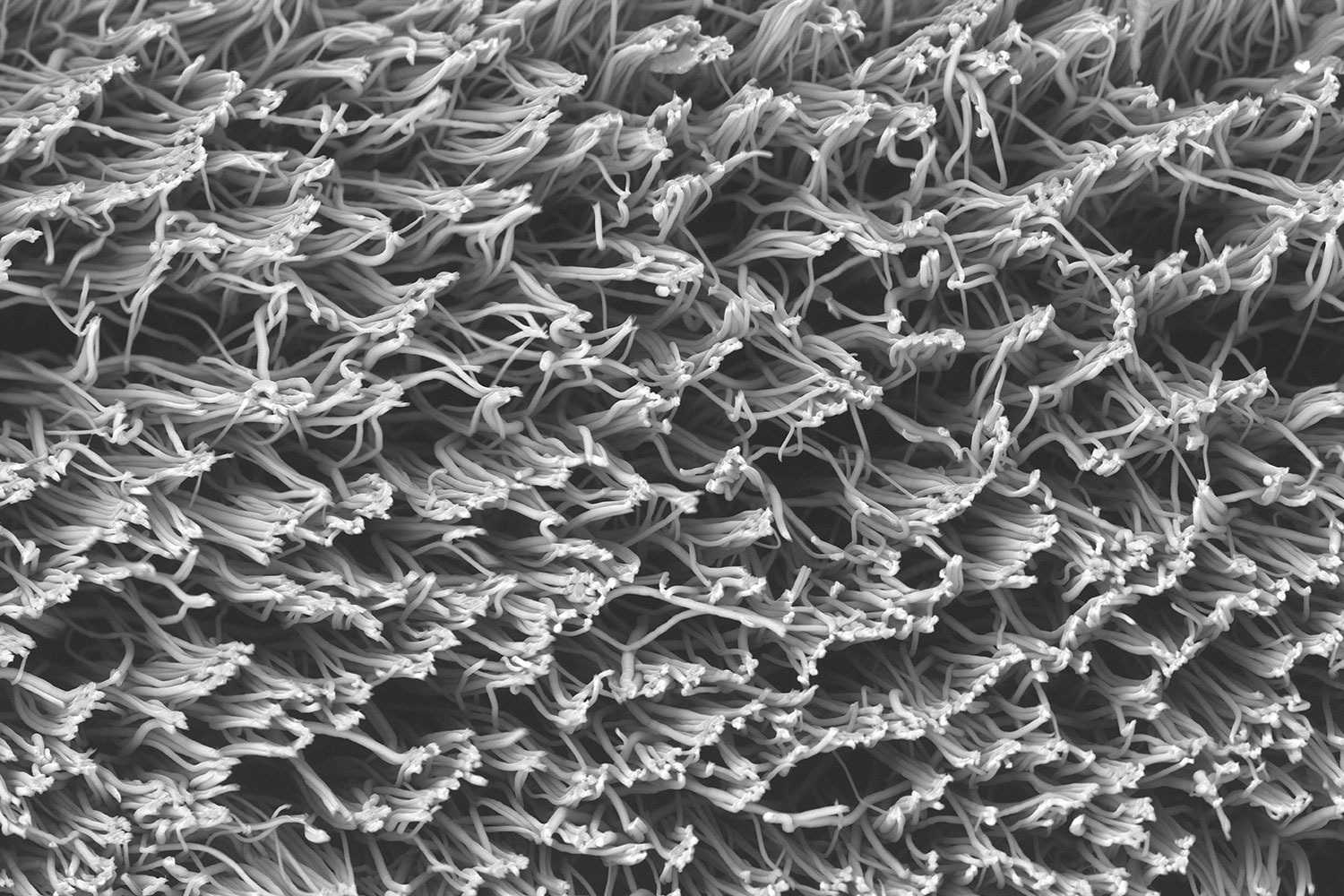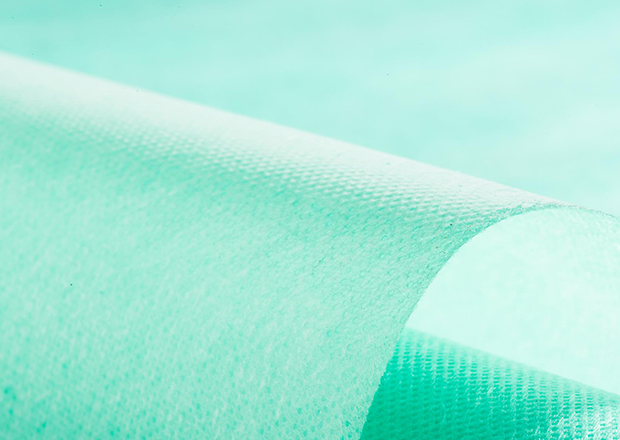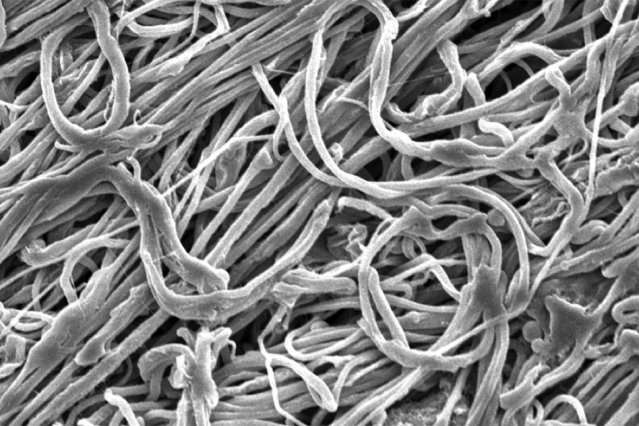Description
Nano-fiber fabrics are a remarkable innovation in the textile industry, characterized by their ultra-fine fibers that measure less than 100 nanometers in diameter. This incredible fineness allows for a unique combination of properties that set them apart from traditional fabrics. The high surface area-to-volume ratio of nano-fibers enhances the fabric’s functionality, making them highly breathable, lightweight, and yet exceptionally strong. Applications for these fabrics span diverse fields, including medical textiles, filtration systems, and protective clothing, where their ability to repel water while allowing moisture vapor to escape plays a crucial role in comfort and performance.
Beyond their physical properties, nano-fiber fabrics can be engineered to possess specific functionalities, such as antibacterial or anti-viral characteristics. This is particularly beneficial in the healthcare sector, where the need for hygienic materials is paramount. The incorporation of nanoparticles like silver or zinc oxide during the manufacturing process can enhance these fabrics’ protective capabilities, making them ideal for use in surgical gowns, masks, and wound dressings. Additionally, the versatility of nano-fiber technology paves the way for innovative solutions in sportswear, where moisture-wicking and temperature regulation are essential for athletic performance.
Moreover, the environmental implications of nano-fiber fabrics are noteworthy. Many manufacturers are exploring eco-friendly methods for producing these materials, aiming to reduce water and energy consumption while minimizing chemical use. By integrating sustainable practices, the textile industry can leverage the advantages of nano-fibers without compromising ecological integrity. As research continues to evolve, the future of nano-fiber fabrics promises even more advancements, including enhanced durability and new applications in smart textiles, ultimately redefining our interaction with everyday materials.

